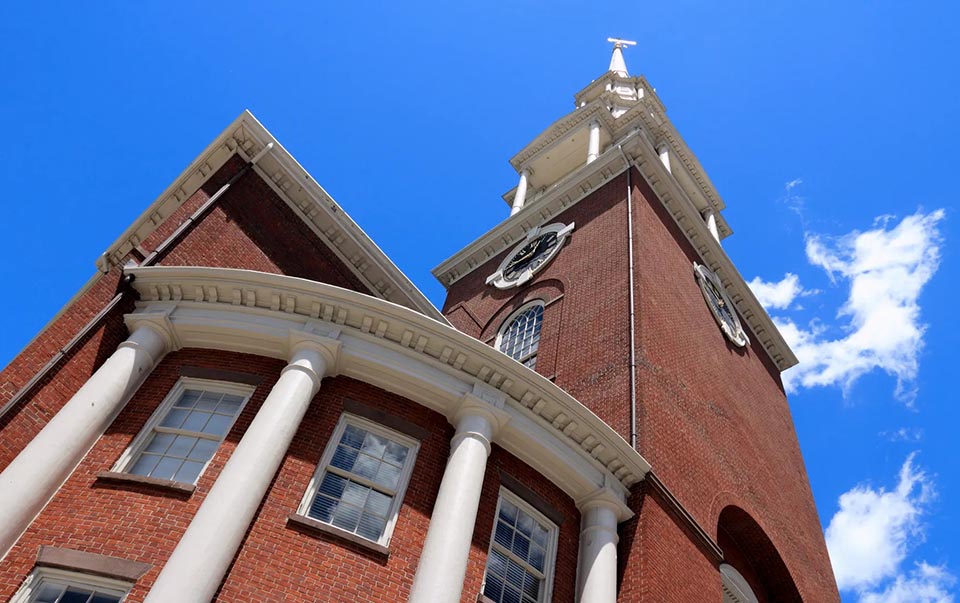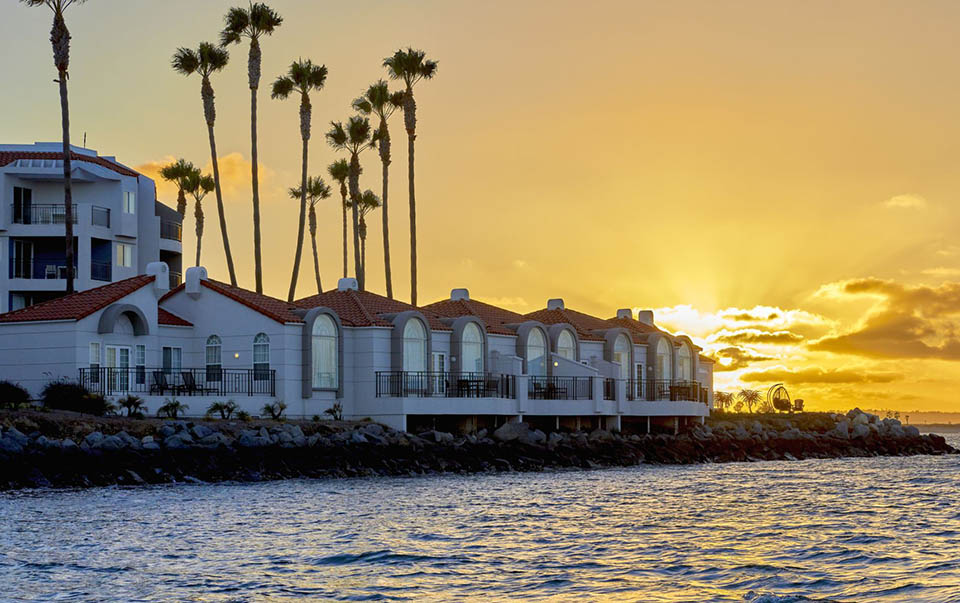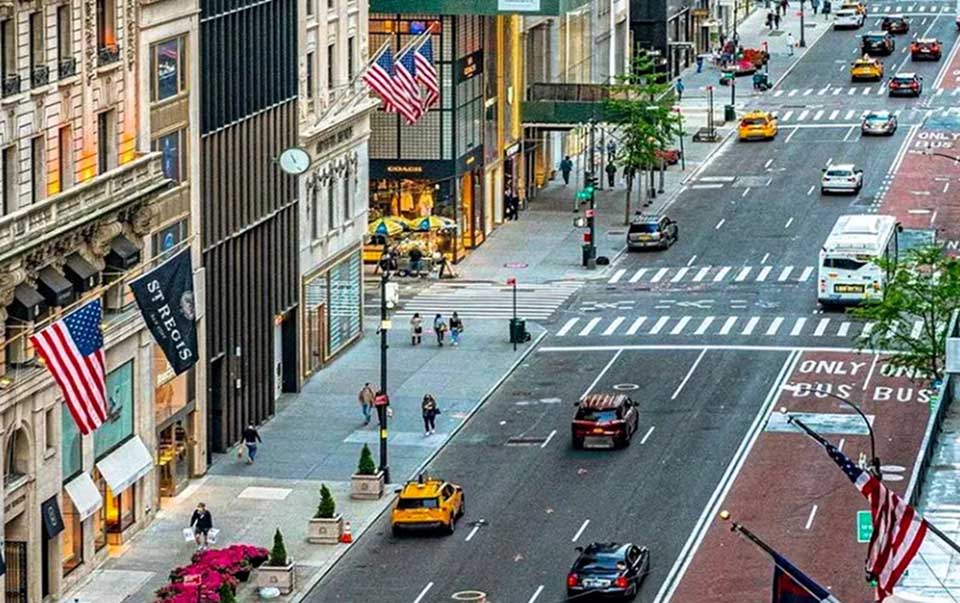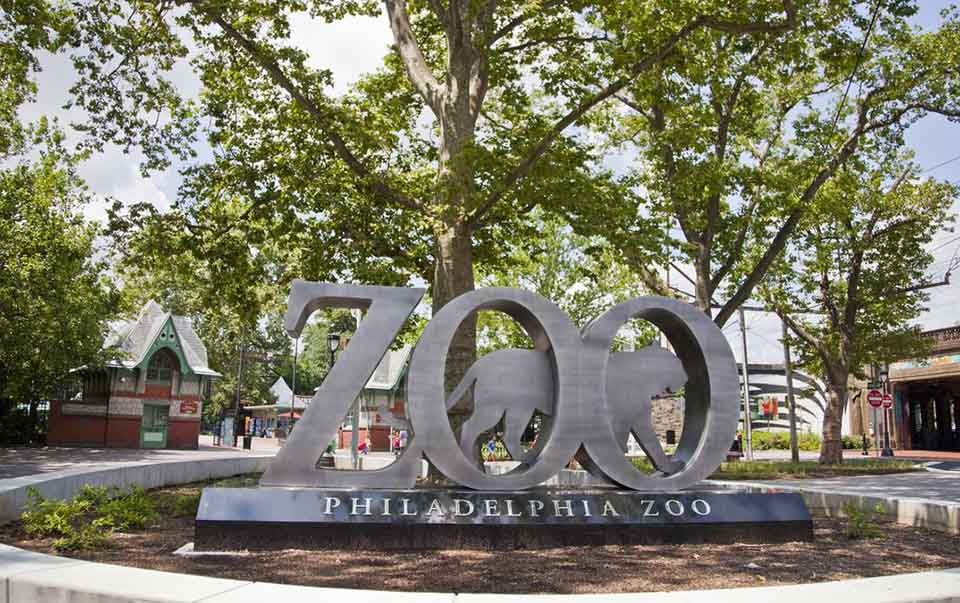Boston is a city where cobblestone streets, red-brick buildings, and the scent of salty harbor air carry whispers from another century. This is the birthplace of the American Revolution — a place where meetings in dimly lit taverns sparked ideas that would forever change the course of history. The best way to experience this living history is by walking the Freedom Trail, a 2.5-mile path marked by a continuous red line that winds through downtown, linking some of the most iconic and historically significant sites in the United States.
Here’s a step-by-step journey to 10 must-visit stops along the Freedom Trail — a walk that’s as much about the city’s present charm as it is about its storied past.
1. Boston Common
The Freedom Trail begins at Boston Common, America’s oldest public park, established in 1634. Once used as grazing land and a gathering spot for colonial militia, the Common has witnessed everything from Puritan sermons to anti-slavery rallies. Today, the gentle green slopes offer a peaceful starting point before diving into the intensity of Boston’s revolutionary story.
If you stand near the Parkman Bandstand, you might imagine 18th-century Bostonians debating the merits of independence under the shade of elms and maples. Look westward and you’ll see the Massachusetts State House’s golden dome gleaming like a promise — your next stop.

Perched atop Beacon Hill, the Massachusetts State House has been the seat of state government since 1798. Designed by Charles Bulfinch, its gold-leafed dome is one of the most recognizable symbols of Boston. Step inside and you’ll find murals, legislative chambers, and statues that reflect the state’s pivotal role in American history.
From here, take a moment to look back over the Common. It’s easy to see why early patriots chose Boston as the starting point for rebellion — the city’s compact geography made it the perfect crucible for revolutionary ideas.
3. Park Street Church
Just steps away, the Park Street Church rises with a tall white steeple that has been part of Boston’s skyline since 1809. This was the site of some of the country’s earliest anti-slavery speeches, and it’s where the hymn America (“My Country, ’Tis of Thee”) was first sung in public.
The churchyard is bordered by an iron fence that leads directly to your next stop — a place that tells more than 400 years of stories in its stones.
4. Granary Burying Ground
Founded in 1660, the Granary Burying Ground is the resting place of some of America’s most famous revolutionaries: Paul Revere, Samuel Adams, and John Hancock all lie here. Crisp inscriptions on slate markers tell tales of colonial life and death, while weathered carvings remind visitors of the fragility of existence in early America.
If you pause by Paul Revere’s modest gravestone, it’s hard not to reflect on the power of one man’s midnight ride to rally the cause of liberty.
5. King’s Chapel and King’s Chapel Burying Ground
Continue along the red brick line to King’s Chapel, built in 1688 for Boston’s first Anglican congregation. The granite structure, stark yet elegant, was revolutionary in its own way — the first church in America built entirely of stone. Inside, the simple wooden pews and candle-like chandeliers transport you to a time before electricity and microphones.
Adjacent lies King’s Chapel Burying Ground, the oldest in Boston, where early settlers like Mary Chilton, the first woman to step off the Mayflower, are buried.
6. Old South Meeting House
Few places in America hold as much revolutionary energy as the Old South Meeting House. Built in 1729, it was the largest building in colonial Boston and the site of fiery debates that directly led to the Boston Tea Party. On that December evening in 1773, thousands gathered here to protest the Tea Act before marching to the harbor to dump chests of British tea into the water.
Standing inside the high-ceilinged meeting hall, you can almost hear the echoes of angry voices demanding freedom.
7. Old State House
The Old State House is one of Boston’s crown jewels — a red-brick building that dates to 1713 and served as the center of political life in the colony. It was from its balcony in 1776 that the Declaration of Independence was first read to the citizens of Boston. Just steps away is the site of the Boston Massacre, where British soldiers fired into a crowd of colonists, igniting outrage across the colonies.
Today, the Old State House operates as a museum, offering artifacts and exhibits that vividly portray life in revolutionary Boston.
8. Faneuil Hall
Nicknamed “The Cradle of Liberty,” Faneuil Hall has been a marketplace and meeting hall since 1742. Merchants once sold goods on the first floor while the second floor hosted political gatherings. This is where Samuel Adams and other patriots rallied crowds with speeches that stoked the fires of revolution.
The hall still buzzes with energy — Quincy Market, just behind it, is lined with food stalls serving everything from lobster rolls to cannoli. Grab a snack, because the next leg of the Freedom Trail will take you deeper into Boston’s North End.
9. Paul Revere House
In the heart of the North End, Boston’s Italian neighborhood, stands the Paul Revere House, built around 1680. This modest wooden home was where the silversmith and patriot lived during his famous midnight ride in 1775. Inside, you’ll find period furniture, kitchen tools, and exhibits that tell the story of Revere’s life beyond his legendary ride.
Step outside and you’re surrounded by the aroma of espresso and fresh pasta from nearby cafés — a reminder that Boston’s history is always layered with new chapters.
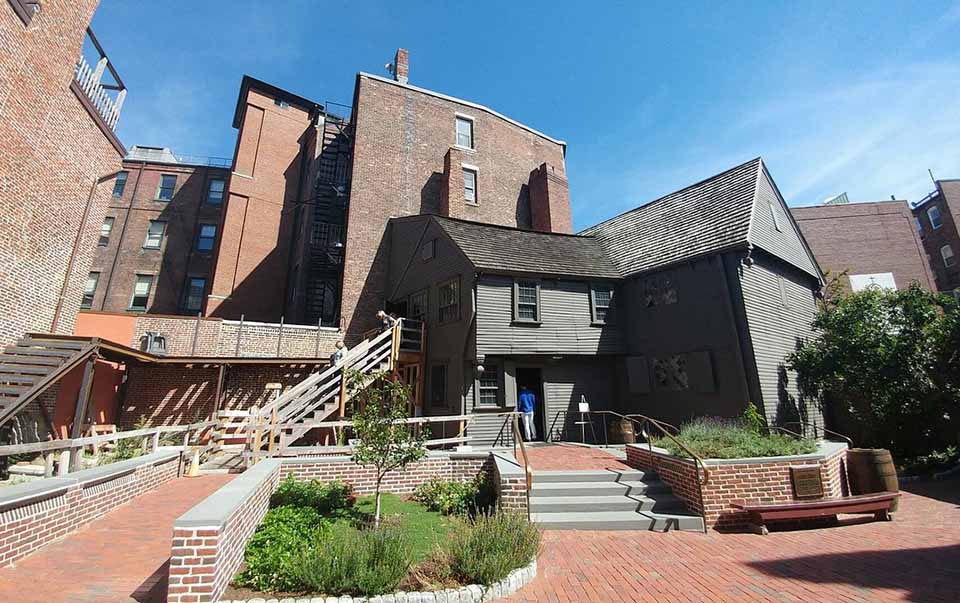
10. Old North Church
The trail’s most dramatic moment comes at the Old North Church, built in 1723 and immortalized by the signal lanterns that sparked Paul Revere’s ride: “One if by land, and two if by sea.” From its high steeple, two lanterns shone on that fateful night in April 1775, alerting patriots to the movement of British troops.
Inside, the high box pews and graceful organ pipes create a sense of solemnity, as if the walls themselves remember the urgency of that night.
Tips for Walking the Freedom Trail
Start early to avoid crowds, especially at popular stops like Faneuil Hall and the Old North Church.
Wear comfortable shoes — the trail is only 2.5 miles, but the cobblestones can be uneven.
Bring a water bottle and pace yourself. There’s history at every turn, and rushing would mean missing the details.
Mix guided tours and solo exploration — knowledgeable guides can share lesser-known stories, but wandering on your own allows for spontaneous discoveries.
Don’t skip detours — Boston’s side streets hide charming cafés, bookstores, and views of the harbor.
Beyond the Trail
While these 10 sites are the beating heart of the Freedom Trail, Boston’s historical landscape stretches far beyond the red-brick path. Just across the Charles River in Charlestown lies the USS Constitution, the world’s oldest commissioned warship still afloat. Nicknamed “Old Ironsides” for her resilience in battle, she offers visitors a rare chance to step aboard and walk the same decks where sailors once defended the young United States during the War of 1812. The nearby USS Constitution Museum adds depth to the experience, with hands-on exhibits that bring maritime history to life for both adults and children.
Back on the Boston side, the Black Heritage Trail winds through Beacon Hill, a neighborhood of narrow gaslit streets and brick row houses that feels frozen in time. This route tells the stories of free Black communities in the 19th century — leaders, activists, and everyday citizens whose fight for equality was as vital to America’s progress as the Revolution itself. Stops include the African Meeting House, the oldest Black church building still standing in the country, and the Abiel Smith School, one of the first public schools for African American children.
If your love of history is matched by a passion for art and culture, Boston’s museums will not disappoint. The Museum of Fine Arts holds one of the most comprehensive collections in the United States, from ancient Egyptian artifacts to American Impressionist paintings. For a more intimate experience, the Isabella Stewart Gardner Museum feels like stepping into a Venetian palace, with lush courtyard gardens and an eclectic mix of artworks collected by the city’s most famous patroness. Maritime enthusiasts should also consider the Boston Tea Party Ships & Museum, where costumed interpreters and interactive displays make that pivotal protest feel immediate and tangible.
Part of Boston’s magic lies in how these historic layers coexist with the modern city. Glass skyscrapers rise behind 18th-century steeples; bustling markets thrive in centuries-old halls; and contemporary art installations appear just steps away from landmarks of the Revolution. This blending of eras is more than just a visual contrast — it’s a reminder that Boston has always been a place of innovation, reinvention, and bold ideas.
By walking the Freedom Trail and exploring beyond it, you’re not merely visiting attractions. You’re immersing yourself in the living, breathing story of a city that helped define a nation — and continues to shape its future, one cobblestone street at a time.
